Special-shaped seamless steel pipes are a general term for cross-sectional shapes other than circular pipes and play a vital role in urban construction. Their quality directly impacts the sturdiness and quality of residential buildings. Production standards include ASTM A53, ASTM A106, ASTM A179, and ASTM A192. To select high-quality square pipes from the market, which can vary in quality, the first step is to learn how to distinguish inferior square pipes.
1. Inspection of Steel Pipe Geometric Dimensions and Shape:
a. Inspection of Steel Pipe Wall Thickness: Micrometer or ultrasonic thickness gauge, measuring at least eight points on both ends and recording.
b. Inspection of Steel Pipe Outside Diameter and Ovality: Calipers, vernier calipers, and ring gauges, measuring the maximum and minimum points.
c. Measurement of Steel Pipe Length: Steel tape measure, manual or automatic length measurement.
d. Inspection of Steel Pipe Bend: Ruler, level (1 meter), feeler gauge, or thin wire to measure bend per meter and along the entire length.
e. Inspection of steel pipe end bevels and blunt edges: Square ruler, pallet.
2. Steel pipe surface quality inspection:
a. Manual visual inspection: Lighting conditions, standards, experience, markings, and steel pipe rotation.
b. Nondestructive testing: Ultrasonic testing (UT), eddy current testing (ET), magnetic particle testing (MT) and magnetic flux leakage testing (FLFT), electromagnetic ultrasonic testing (EUT), and penetrant testing.
Inferior-quality special-shaped seamless steel pipes have the following characteristics:
1. Surface smoothness
Due to poor quality raw materials and rolling equipment, unprofessional techniques, and low costs, special-shaped seamless steel pipes may exhibit surface folds, numbness, scarring, cracks, and easy scratching. These conditions can generally be detected through visual inspection.
Therefore, consumers are advised to be sensible when encountering these conditions. Do not purchase inferior square pipes simply for the sake of price. The strength and hardness of these special-shaped seamless steel pipes may not meet standards, which will affect their future use.
2. Surface metallic luster
Some inferior special-shaped seamless steel pipes are made from adobe and are not heated to standard. The steel temperature is controlled visually. This results in the rolled steel appearing red or the color of pig iron. It lacks the metallic luster and performance of genuine shaped seamless steel pipe, let alone the aforementioned qualities.
3. Is the cross-section and cut end smooth?
To conserve raw materials, inferior shaped seamless steel pipes undergo a large reduction in the first two passes before the finished product roll, resulting in an oval cross-section. Inferior square pipes often have an uneven cross-section. Therefore, if you notice an oval cross-section or uneven cut end on a square pipe, be wary. This indicates inferior square pipe.
4. Are the dimensions and weights acceptable?
Generally, inferior and shaped seamless steel pipes have large dimensional fluctuations, and to conserve raw materials, they are often underweighted. Therefore, when inspecting samples, you should request the exact dimensions and weight of the square pipe.
Two Inspection Methods for Seamless Special-Shaped Tubes
In the production of seamless special-shaped tubes, surface defects can be detected visually, but internal defects require inspection. Common methods include magnetic particle testing and penetrant testing.
Magnetic particle testing is suitable for ferromagnetic materials and has high sensitivity; penetrant testing is used for non-ferromagnetic materials such as stainless steel. While ends can sometimes be difficult to inspect due to equipment limitations, edges are often prone to defects and are prone to spreading after welding, so they require special inspection.
If the insulation layer of a special-shaped tube is damaged during use or moisture has penetrated, penetrant testing should also be performed to detect stress corrosion cracking. However, these two methods only detect external surface defects. To detect internal defects such as inner wall cracks, ultrasonic testing must be used.






 English
English Español
Español بالعربية
بالعربية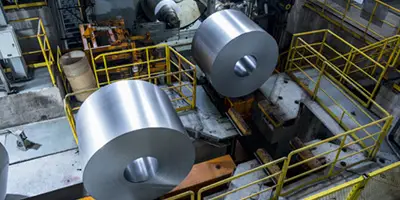
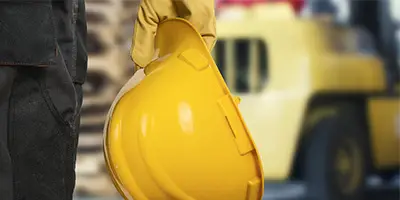
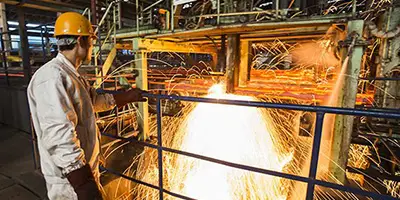
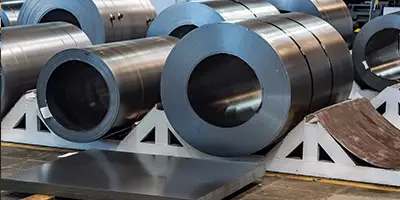

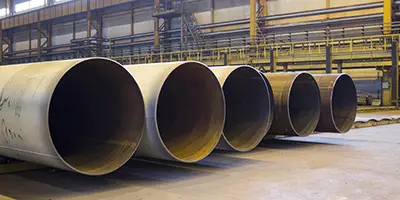
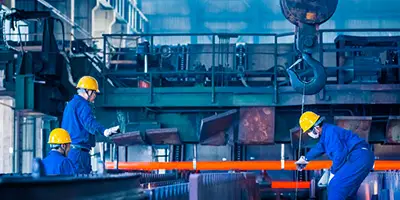
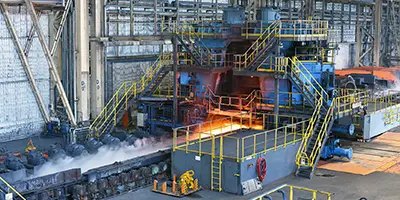
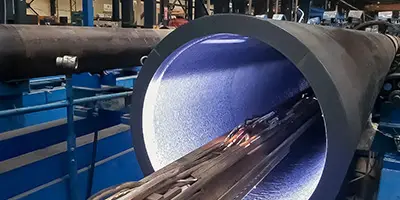
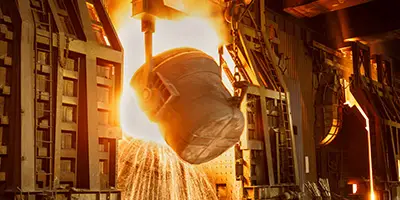
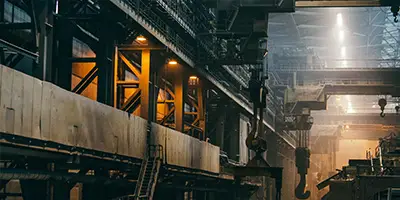
 Phone :
Phone :  Whatsapp :
Whatsapp :  Email :
Email : 


